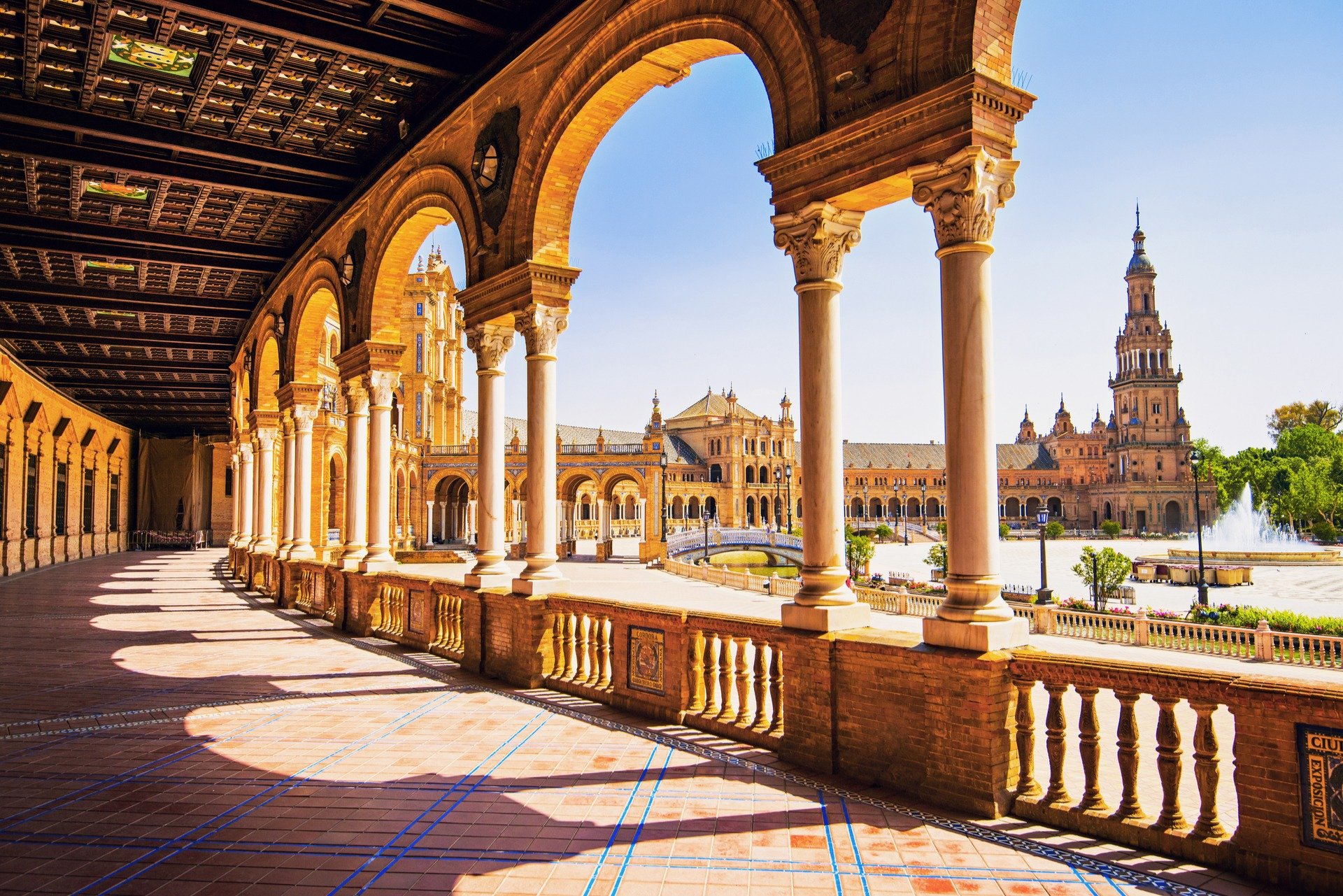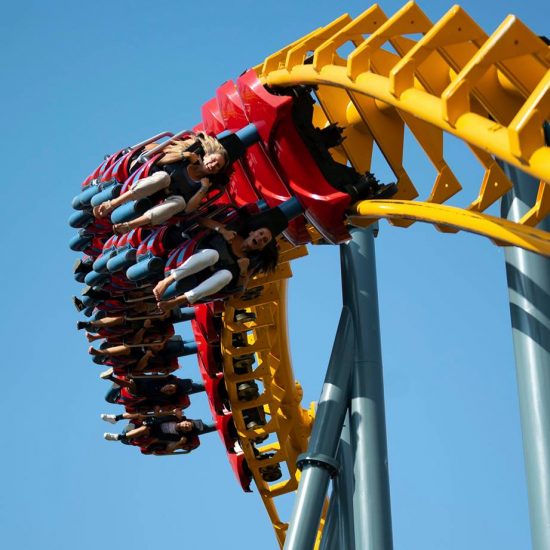About Sevilla
Two hundred kilometres north of the Costa del Sol is the capital city of Andalucia – Seville. The city is situated on the River Guadalquivir at the highest point of navigation for seagoing ships. Since its founding, in the 9th Century BC, the city has been a centre of trade, initially occupied by the native people of the area, the Tartessians.
Getting Around
Most of the tourist sites are in the old part of the city. Driving is not recommended, and parking is impossible. Take a city centre hotel, or one just outside and leave your car there. Walking is free, and taxis are plentiful. Even better, use the Metro. The Seville MetroCentro Tram was opened in 2007 and trundles above ground right through the centre of the city. There is a very reasonable standard price for any distance travelled.
Places to see
The Real Alcazar, Royal Palace, is the oldest surviving building in Seville. Started in 931 AD there are traces of the original Moorish architecture, but then you notice many later additions from the Gothic, Renaissance and Baroque periods.
The Torre del Oro, Golden Tower, is named after the reflection of the sun on the gold tiles on the roof dome. The 12 sided tower was built at the beginning of the 13th Century and formed part of the cities defences. The Torre del Oro overlooks the river alongside which there is an excellent river walk.
From there it is a short distance to Plaza de España. This two hundred metre diameter semi-circle was built in 1929 for the Ibero-American Exposition in what has been described as a ‘theatrical’ style.
Today it is a series of offices in a monumental ‘Peter Pan’ like building that encloses a huge fountain and a moat. The public is allowed into the cloisters at the lower level. Notice the exquisite tiles with the coats of arms and emblems of the various regions of Spain set into the walls.
Opposite Plaza España is a huge park, Parque De Marie Luisa. There are 100 years old orange trees, masses of flowering shrubs and flowers, fountains, ponds and lakes. Roman style statues on 15-metre-high columns give a real ‘Imperial’ feel to the area. They, together with the horse-drawn carriages, (no cars allowed), transport you back to a less frantic era.
Within the park, there are other places of interest, the Museum of Arts and Popular Customs, the Royal Pavilion and the Archaeological Museum. The latter has a magnificent display of gold jewellery and ornaments collectively called the Tartessian Treasure Hoard. The museums are free for ECU residents.
Shopping
For those more inclined to shopping, then this city is a paradise. Walking a gentle spiral outward from the cathedral takes you through narrow streets, most are pedestrian only, shaded at roof level by vast swathes of muslin during the summer. Here you find all the ‘big name’ stores as well as smaller specialist and artisan shops. Scattered amongst them are innumerable tapas bars, coffee shops and restaurants. In the evenings the place comes alive as the tables appear in the streets and peripatetic musicians and entertainers wander between them.
The Sevillians all seem to dress for dinner on any night of the week. Join in the fun and do likewise.
Where to eat in Sevilla
No experiences match your criteria
Holiday property rentals in Sevilla
To view the beautiful holiday property rentals we have available in and around Sotogrande, please click the below button.



